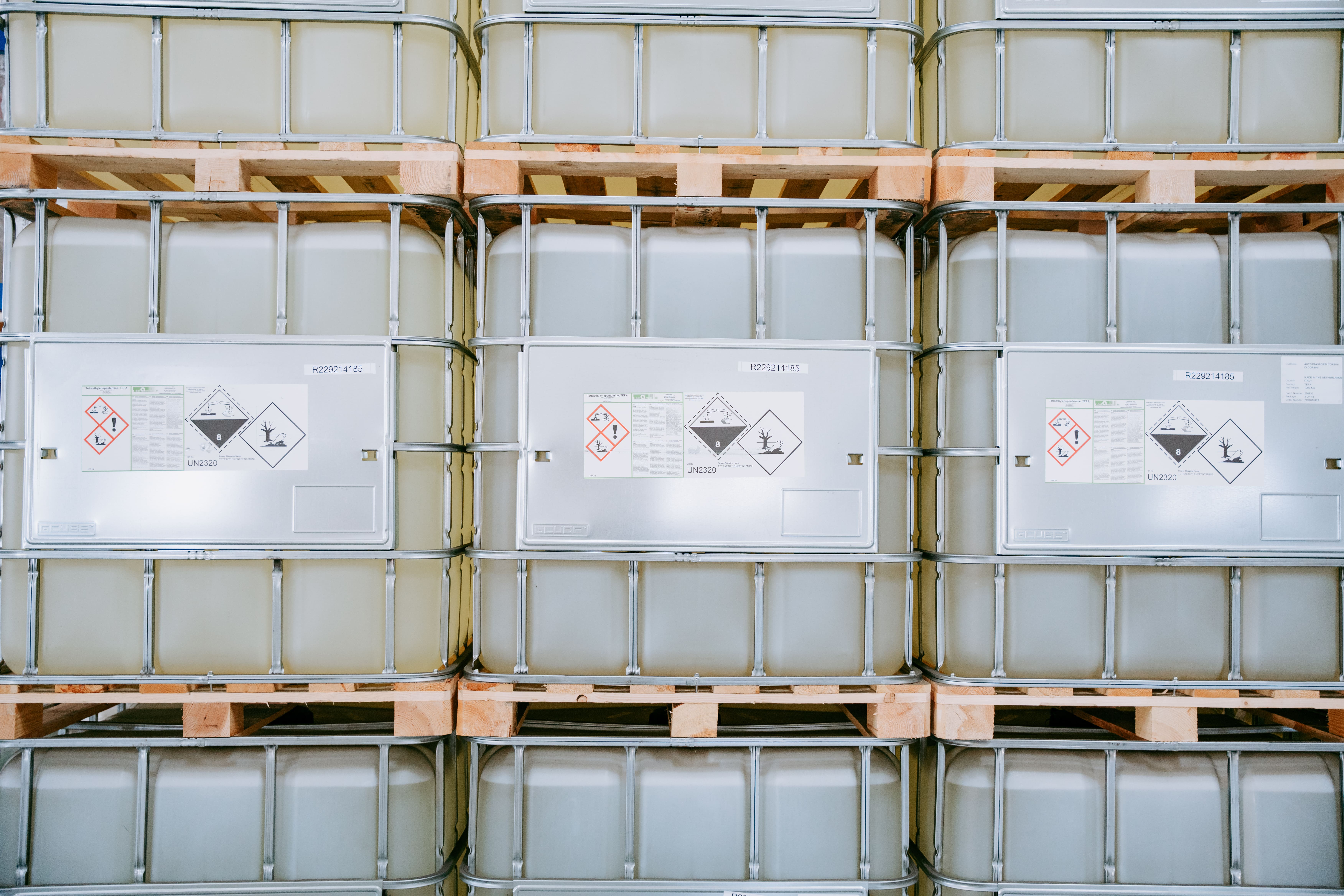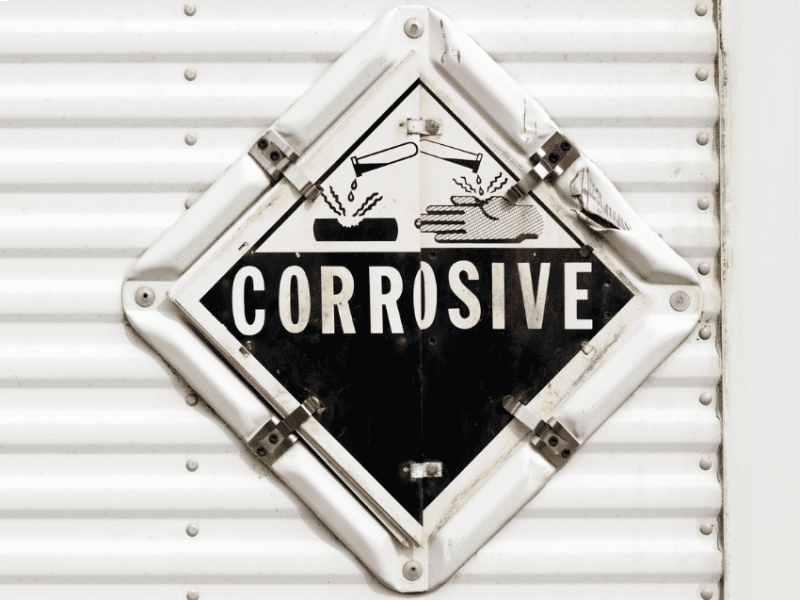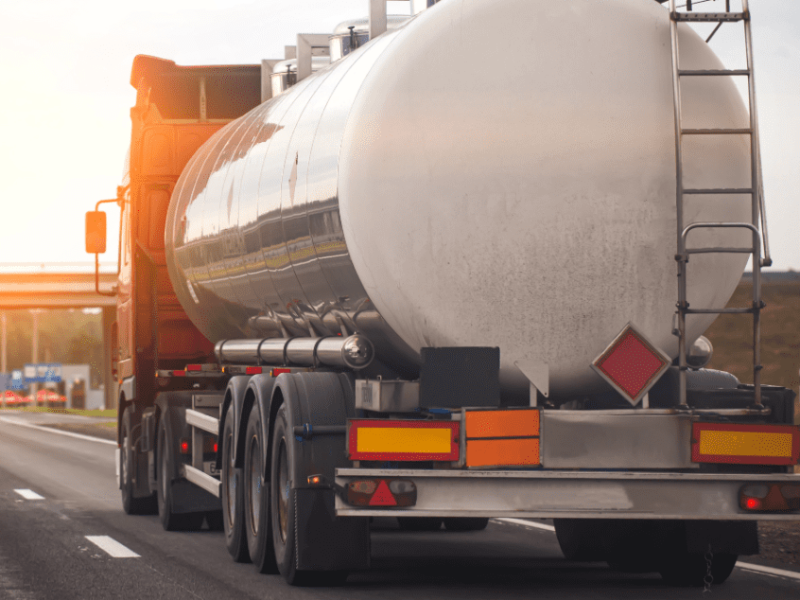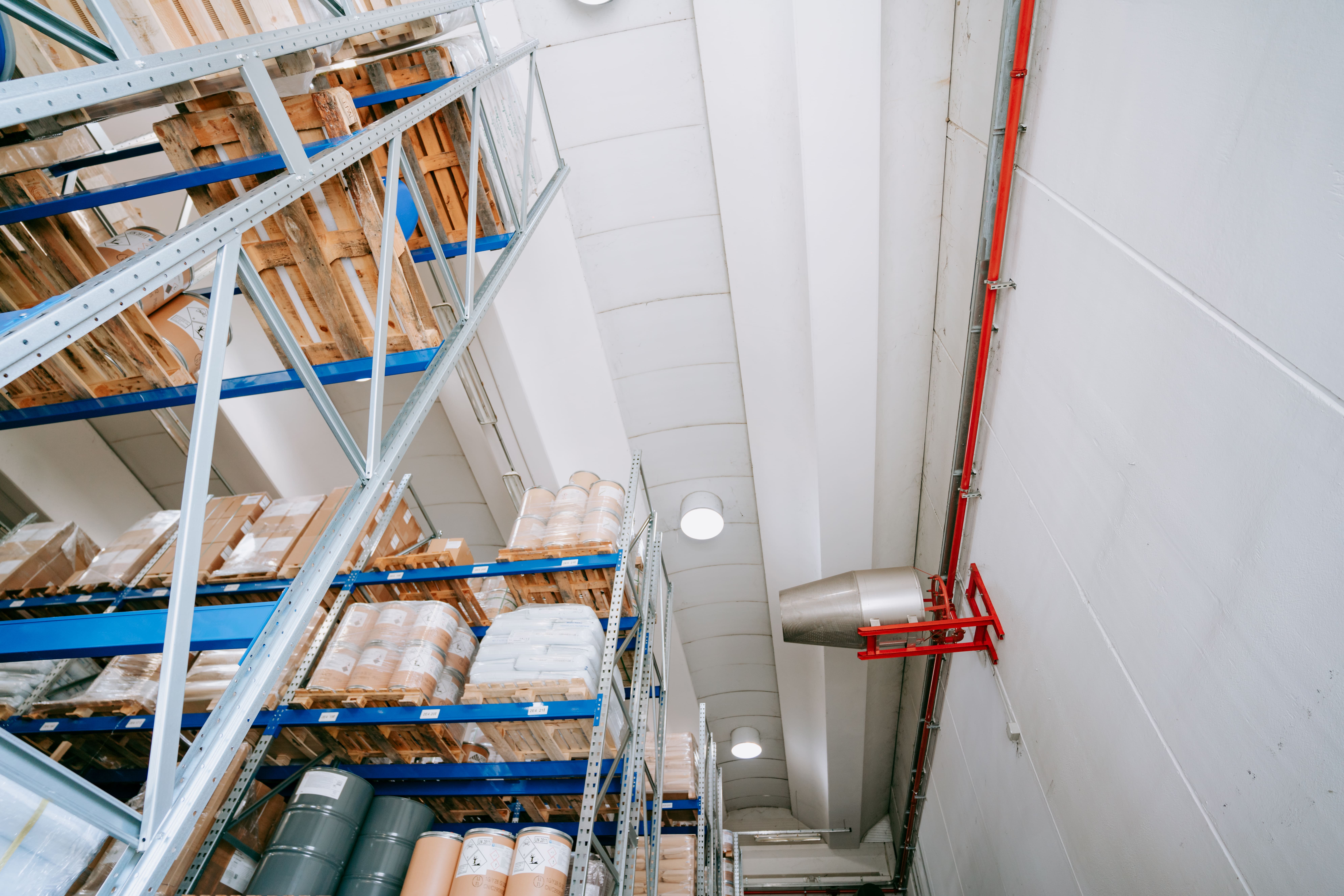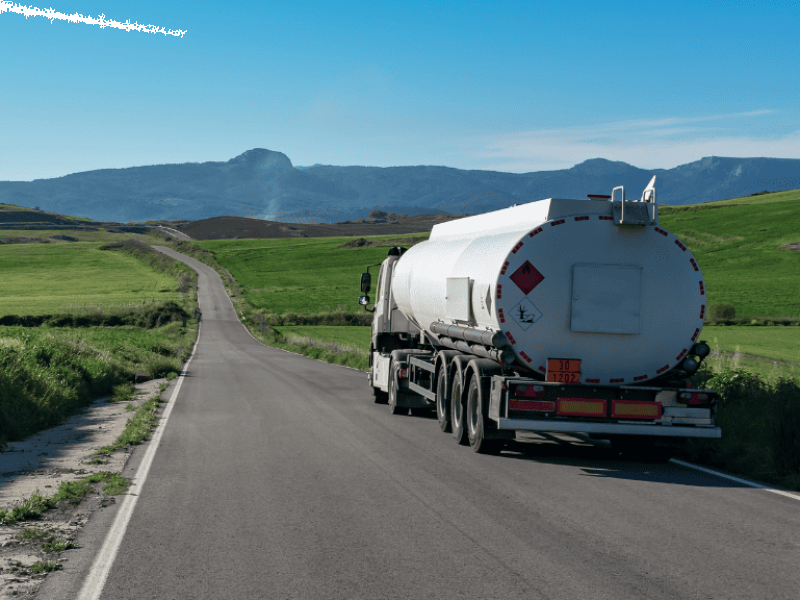Road transport and ecological transition: what's new for the coming years.
The topic of environmentally friendly transport is currently at the centre of an increasingly wide-ranging debate. Over the past decade, a growing awareness of the urgent climate crisis has developed, prompting every sector to make a commitment to help protect the environment.
The drive towards a future focused on sustainable mobility is based on the realisation that the use of fossil fuels is a major source of pollution. In this context, the adoption of greener transport practices emerges as a necessary and timely response to mitigate negative environmental impacts and move towards greener and more sustainable mobility.
We see in this article how the European Union is moving towards a green transition for the transport sector.
Why an ecological transition for heavy goods vehicles is needed
The need for an ecological transition for heavy goods vehicles emerges as a crucial step in tackling the environmental emergency: with around a quarter of greenhouse gas emissions coming from road freight transport, it becomes crucial to take measures to promote a significant and sustainable change.
The huge amount of oil burned by these vehicles, contributing 42% of Europe's diesel consumption for transport, has become unsustainable in the context of a global environmental emergency. The pandemic period has also raised awareness of the urgency of today's efforts to ensure that future generations can enjoy a healthier environment.
The 'Ready for 55%' package
The 'Ready for 55%' package represents an ambitious set of proposals aimed at revisiting and updating EU legislation, as well as introducing new initiatives to ensure that EU policies are aligned with the climate targets agreed by the Council and the European Parliament.
The use of the name 'Ready for 55%' refers to the EU's significant goal of reducing net greenhouse gas emissions by at least 55% by 2030. European climate legislation turns this ambitious target into a legal imperative, emphasising the need for concrete and timely action. At present, EU countries are actively engaged in developing new legislation to ensure that this target is met, with the ultimate goal of making the EU climate neutral by 2050. This collective effort reflects the EU's commitment to playing a leading role in the global fight against climate change.
The provisions for the transport sector
Thanks to the new regulations, the transport sector is set to significantly reduce its carbon footprint. Among the main provisions are:
- the installation of charging stations for cars and vans every 60 km, thus promoting the spread and accessibility of electric charging;
- the installation, starting in 2030, of hydrogen refuelling stations in all urban nodes, for both cars and trucks.
A key element of these new regulations is the simplification of payments for users of electric or hydrogen-powered vehicles at charging or refuelling points, promoting a smoother experience and encouraging the adoption of low-emission vehicles.
Stay up-to-date with news from the transport and logistics sector with our blog.
News.
STAY UP TO DATE ON HAZARDOUS GOODS AND THE CHEMICAL SECTOR
The world of hazardous goods transportation is constantly evolving, as are the regulations affecting the shipment and logistics of hazardous substances and chemicals. Stay up-to-date with our industry articles.

 Registered office: Viale Etiopia, 5 - 20146 Milano (MI)
Registered office: Viale Etiopia, 5 - 20146 Milano (MI)






